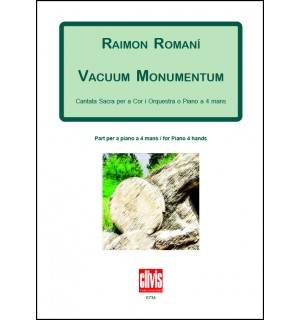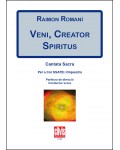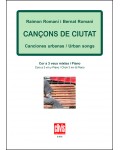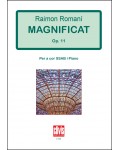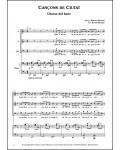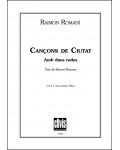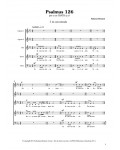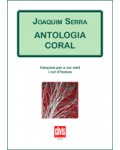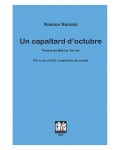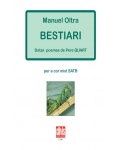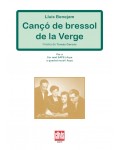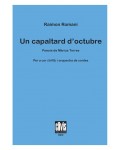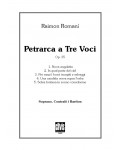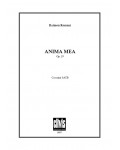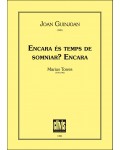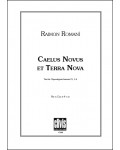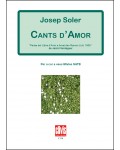
No products
Prices are tax included
Product successfully added to your shopping cart
There are 0 items in your cart. There is 1 item in your cart.
- English
- Castellano
- Català
Vacuum Monumentum (Choir&Pno.4h)
E734
New product
Work of great tension and expressiveness, built in five sections describing five scenes from the Bible (Luke 24: 1-12) which recounts the moment of the resurrection of Jesus.
| Period | 20th c. |
| Subheading / Parts | The Empty Tomb (The Resurrection) |
| Instruments | SATB Choir, pno. 4m |
| Text language | Latin |
| Pages | 28 |
| Time | 15 min. |
| Contents | piano score |
| ISMN | 979-0-3502-0854-6 |
| Edition | Printed |
Vacuum Monumentum (literally, The Empty Tomb) is based on the Bible scripture (Luke 24: 1-12) which narrates the moment of Jesus’ resurrection. It tells the story of some women who take fragrant emollients to the sepulchre where Jesus is interred. They arrive to find the tomb open. They question two men nearby, purportedly angels, who reply that Jesus is no longer there, that he has risen again. The women immediately remember what Jesus had prophesied and go to tell the apostles, but they think they are delirious. St. Peter runs to the tomb and, finding it empty, is left pondering about what has happened.
The piece is structured into five sections: 1) The perplexed women at the tomb, 2) The angels’ response, 3) Remembrance of the crucifixion, 4) The news being spread and 5) St. Peter’s doubt.
As the piece opens, against a background of mystery, the choir initiates the musical motif that represents the Monumentum, which recurs throughout the piece. In the second section (b. 69), the phrase non est hic, sed surrexit generates an ascending melodic motif developed in crescendo. The third part (b. 133) is the remembrance of the prophecy of the crucifixion, death and resurrection, and is the most harmonically and instrumentally tense. The fourth section (b. 191) welcomes the melody back with et regressae a monumento. But uncertainty reasserts itself with the motif in bar 56, which we could consider the theme of “Doubt” (b. 228). St. Peter returns to the sepulchre (the Monumentum motif), and wonders quod factum fuerat (what had happened). In the final moments of the piece, the motif of doubt is heard again, leaving St. Peter’s reflection unresolved.
This work can be paired in concert with another by the same composer: Veni, creator spiritus. Both these pieces are based on sacred scriptures but the spirit of them is different.
The author wishes to thank Ramon Vilar for his help with the Latin, Carles Miró for his revision of the string section and David Cadafalch for that of the percussion.

